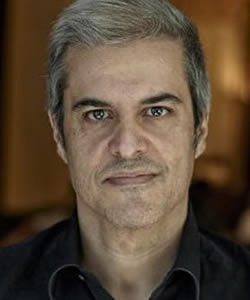Authenticity and national loyalty: the intellectual roots of Islamist-leftist affective polarisation in post-2013 Egypt
This article examines how the evolution of ideational conflicts between Islamist and leftist intellectual advocates over the past four decades has shaped the dominant discourse and narrative through which leftists have sought to justify the repression of Islamist currents in the aftermath of the 2013 coup. Since the mid-1970s, debates and conflicts between Islamist and leftist intellectuals and activists have generated a variety of historical narratives and a repertoire of language that endorsed the political exclusion of ideological rivals. The 1970s and 1980s saw the advent of an Islamist ‘authenticity critique’ of the left. That critique argued that leftist movements do not enjoy an organic connection with Egyptian society, presenting them as foreign implants with questionable national loyalties. The political victories of the Muslim Brotherhood in the late 1980s and Islamist attacks against secular intellectuals in the 1990s, paved the way for a leftist counter-critique of Islamists, one that continues to shape leftist discourse in the contemporary moment. Adopting a strong nationalist veneer, the counter-critique held that it was the Islamist movement that lacked authentic roots in Egyptian society, while arguing that Islamists’ loyalties lie not with Egypt, but with international networks of Islamist groups and governments. By historicising the discursive and narrative battles between Islamist and leftist currents, the article contributes to our understanding of the intellectual origins of ‘affective polarization’ in post-2013 Egypt, shedding light on why it has taken on an exclusionary and violent turn.









